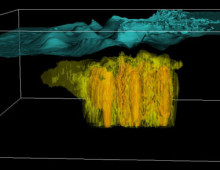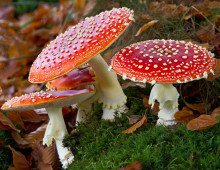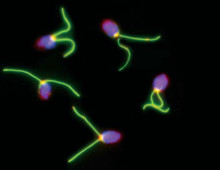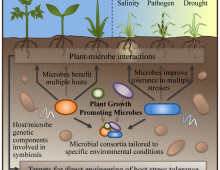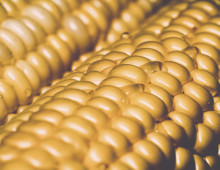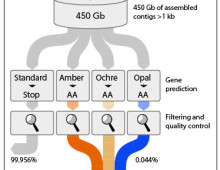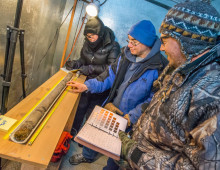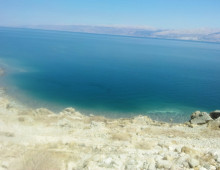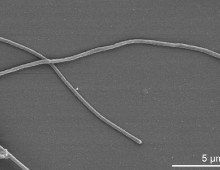Examining a predominant Deepwater Horizon microbe
Single-cell genomics unravels a microbial species’ role in breaking down hydrocarbons. The Science: Researchers sequenced and analyzed a single cell of Colwellia bacteria to understand why these microbes were predominant in the Gulf of Mexico after the Deepwater Horizon oil spill. The Impact: Understanding the characteristics of the Colwellia bacteria furthers the researchers understanding of… [Read More]
